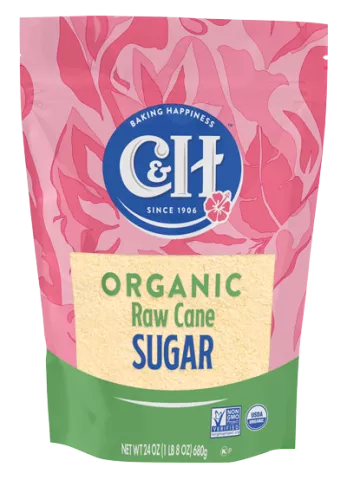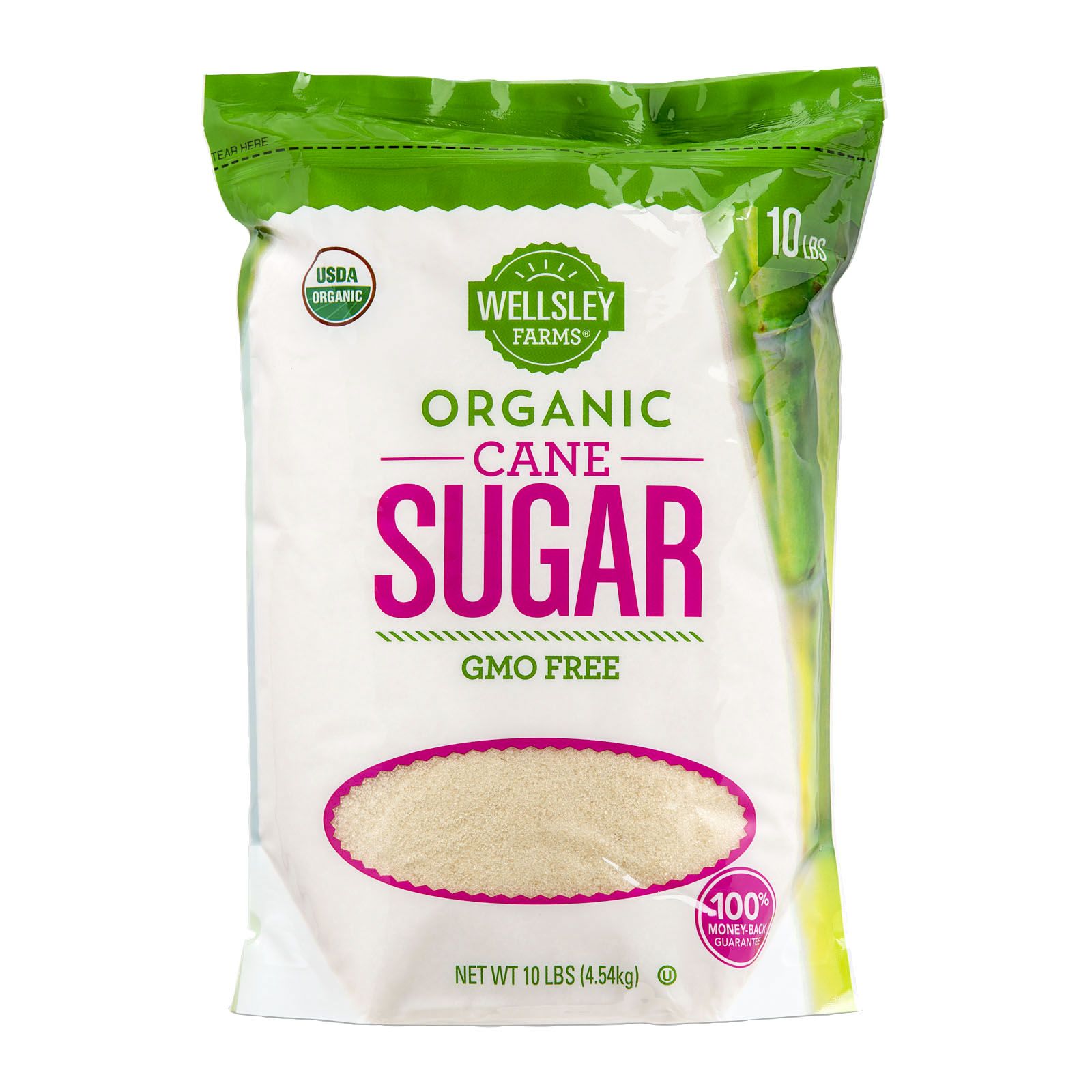An Extensive Guide to the Ecological Effect and Sustainability Practices in Walking Cane Sugar Handling
The environmental impact of cane sugar processing offers a complex selection of challenges that warrant careful examination. From dirt destruction and too much water usage to the carbon footprint linked with farming and production, the effects of typical techniques are far-reaching. What specific techniques can be applied to strike a balance between performance and environmental stewardship?
Review of Walking Stick Sugar Handling
Cane sugar handling involves a collection of systematic steps that transform sugarcane right into polished sugar. Originally, harvested sugarcane is delivered to processing centers, where it undergoes cleaning to remove soil and debris. Following this, the walking stick is squashed to remove juice, which is then made clear by getting rid of contaminations with heating and the enhancement of lime.
The made clear juice undertakes dissipation, where water is gotten rid of to focus the sugar content. This concentrated syrup is after that taken shape via air conditioning, allowing sugar crystals to develop. These crystals are divided from the continuing to be syrup making use of centrifugation, causing raw sugar. To accomplish polished sugar, the raw item undertakes further filtration procedures, which might consist of filtering system and cleaning to get rid of continuing to be pollutants and color.
The end product is after that dried and packaged for distribution. Throughout this entire procedure, maintaining effectiveness and quality assurance is vital to make sure the sugar meets sector standards. Each step in walking stick sugar handling not just contributes to the end product however additionally has implications for source usage and waste generation, establishing the stage for conversations on sustainability and ecological impacts linked with sugar production.
Ecological Difficulties of Production
The production of walking cane sugar provides numerous significant ecological obstacles that warrant interest. One key concern is the substantial use of agrochemicals, consisting of pesticides and plant foods, which can bring about soil deterioration, biodiversity loss, and contamination of local water resources. The overflow from sugarcane fields typically carries these chemicals right into close-by ecological communities, interfering with water life and influencing the wellness of communities reliant on these water bodies.
Another obstacle is the high energy usage connected with sugarcane processing. The boiling and refining phases call for significant heat, primarily created by melting fossil gas, adding to greenhouse gas exhausts. In addition, the large land area required for sugarcane cultivation can cause logging and environment destruction, more intensifying climate adjustment and threatening wild animals.
Moreover, the labor practices in some regions raise ethical concerns, as employees might encounter poor working conditions and poor earnings. This situation typically bolsters a cycle of hardship in local areas. Cane Sugar Processing. Resolving these ecological obstacles is vital for establishing much more sustainable methods in cane sugar manufacturing, inevitably benefiting both the environment and the communities included in this industry
Water and Land Use Impact
Water sources and land usage are critical parts in the cane sugar industry that dramatically influence the environment. The farming of sugarcane needs significant water input, with estimates suggesting that it can consume as much as 2,000 litres of water per kilogram of sugar generated. This intensive use water frequently results in exhaustion of neighborhood water resources, affecting not just the sugarcane ranches yet also bordering communities and neighborhoods that count on the very same water sources for farming and domestic usage.

Additionally, land use for sugarcane growing can bring about deforestation and the conversion of all-natural habitats right into monoculture vineyards. This technique lessens biodiversity, interrupts local ecosystems, and adds to soil destruction. The development of sugarcane fields typically encroaches on useful farming land, developing competition for sources between food and biofuel production.
Sustainable practices, such as maximizing irrigation methods and carrying out plant rotation, are crucial to alleviate these influences. By taking on much more effective water use and land monitoring methods, the cane sugar sector can minimize its environmental footprint, ensuring a balance in between farming performance and ecological conservation.
Greenhouse Gas Emissions
Greenhouse gas discharges represent a substantial ecological problem within the walking cane sugar handling sector, especially as farming practices broaden to meet global demand. The farming of sugarcane, a crop that flourishes in exotic climates, relies greatly on artificial plant foods and chemicals, which contribute to nitrous oxide discharges. In addition, land-use modifications, consisting of logging for brand-new sugarcane haciendas, release co2 stored in plant life and soil.
During handling, power intake is one more major resource of greenhouse gas emissions - Cane Sugar Processing. Several sugar mills make use of nonrenewable fuel sources to power equipment and produce heat, resulting in considerable carbon impacts. Additionally, the transportation of raw sugarcane and finished items adds layers of exhausts via gas combustion in vehicles
The advancing result of these exhausts exacerbates environment change, positioning threats not just to the atmosphere click site however also to the lasting viability of the industry. Stakeholders must identify the immediate requirement for extensive approaches that attend to these discharges. This involves evaluating existing agricultural techniques, refining approaches, and transportation systems to determine areas for renovation and mitigation. Attending to greenhouse gas emissions is crucial for cultivating a more sustainable walking cane sugar market in an altering environment.

Lasting Practices and Innovations
Lasting practices and developments are increasingly important in the walking stick sugar handling industry as stakeholders look for to decrease environmental effects while keeping performance. One considerable innovation is the execution of integrated crop administration, which enhances source use by incorporating dirt administration, bug control, and plant rotation strategies. This technique improves return while lessening chemical inputs and preserving dirt health and wellness.
Moreover, the adoption of renewable resource sources, such as biomass from sugarcane residues, has obtained grip - Cane Sugar Processing. By converting waste products into power, processing facilities can decrease their reliance on nonrenewable fuel sources, consequently reducing greenhouse gas emissions
Water monitoring practices have likewise seen renovations through the recycling and reusing of water in handling plants, significantly minimizing freshwater intake. Technologies in modern technology, such as precision agriculture, make it possible for farmers to monitor crop wellness and resource usage more successfully, making certain sustainable farming practices.
Additionally, qualification programs like Fair Trade and Jungle Alliance encourage ecologically liable farming techniques and promote social equity within the supply chain. By accepting these sustainable methods and innovations, the cane sugar handling industry can enhance its strength and contribute favorably to environmental stewardship.
Final Thought
The environmental influence of walking stick sugar handling offers significant challenges, including soil destruction, high water intake, and greenhouse gas discharges, along with moral worries connected to labor practices. Dealing with these issues with sustainable methods, such as incorporated plant monitoring, sustainable power fostering, and water recycling, is vital. By advertising socially equitable and ecologically liable methods in sugar production, the sector can reduce its unfavorable effects, making sure a more lasting click now future for both communities and ecological communities included in this field.
Walking cane sugar processing includes a series of systematic steps that transform sugarcane right into refined sugar. Each step in walking cane sugar handling not only contributes to the final click here for more item however also has implications for source usage and waste generation, setting the phase for conversations on sustainability and ecological influences connected with sugar manufacturing.
Greenhouse gas exhausts stand for a substantial ecological worry within the walking stick sugar handling sector, particularly as agricultural techniques expand to meet international need.Sustainable methods and technologies are significantly crucial in the walking stick sugar handling industry as stakeholders look for to reduce ecological influences while maintaining performance.The environmental impact of cane sugar handling offers substantial obstacles, consisting of soil deterioration, high water intake, and greenhouse gas discharges, alongside honest worries associated to labor practices.